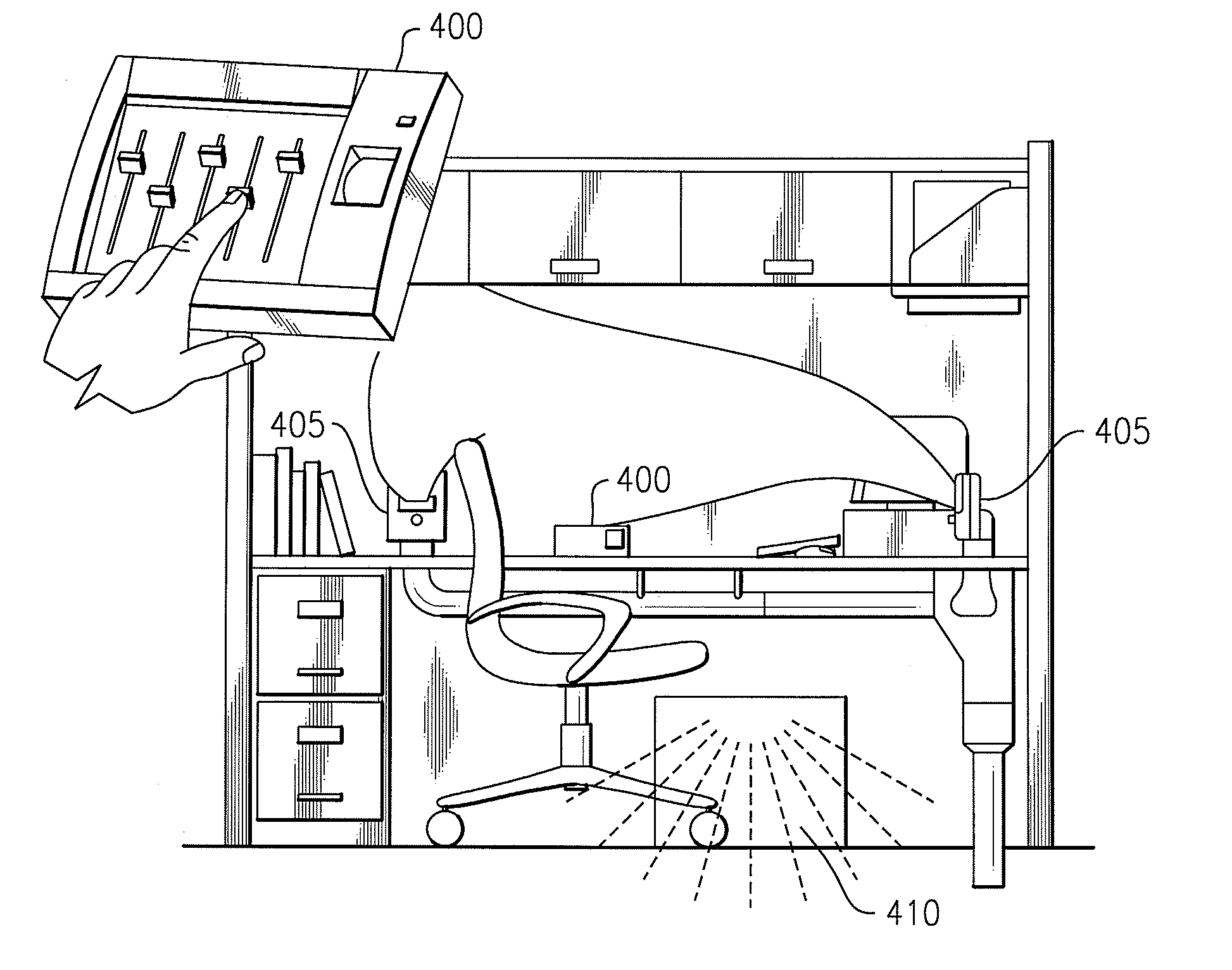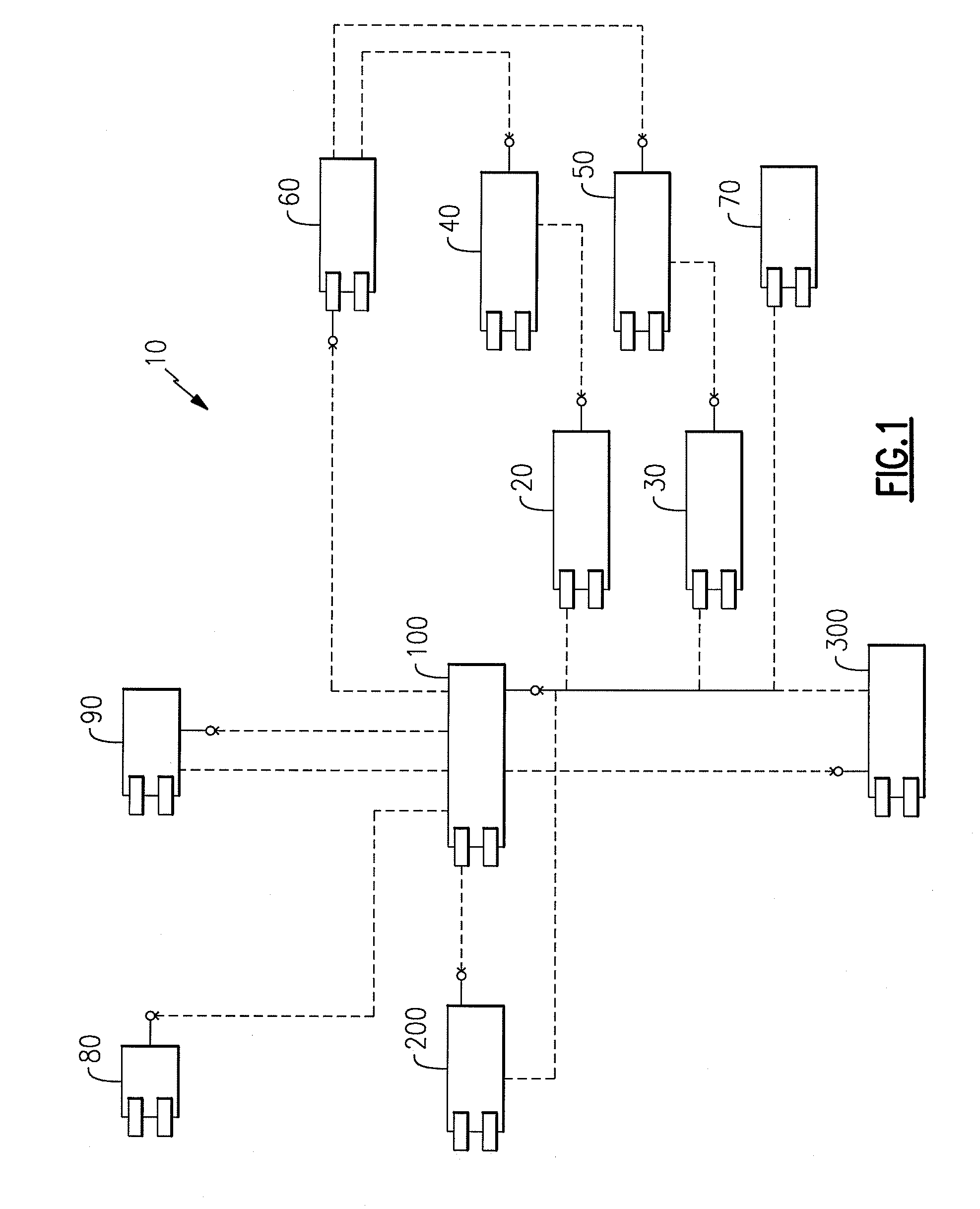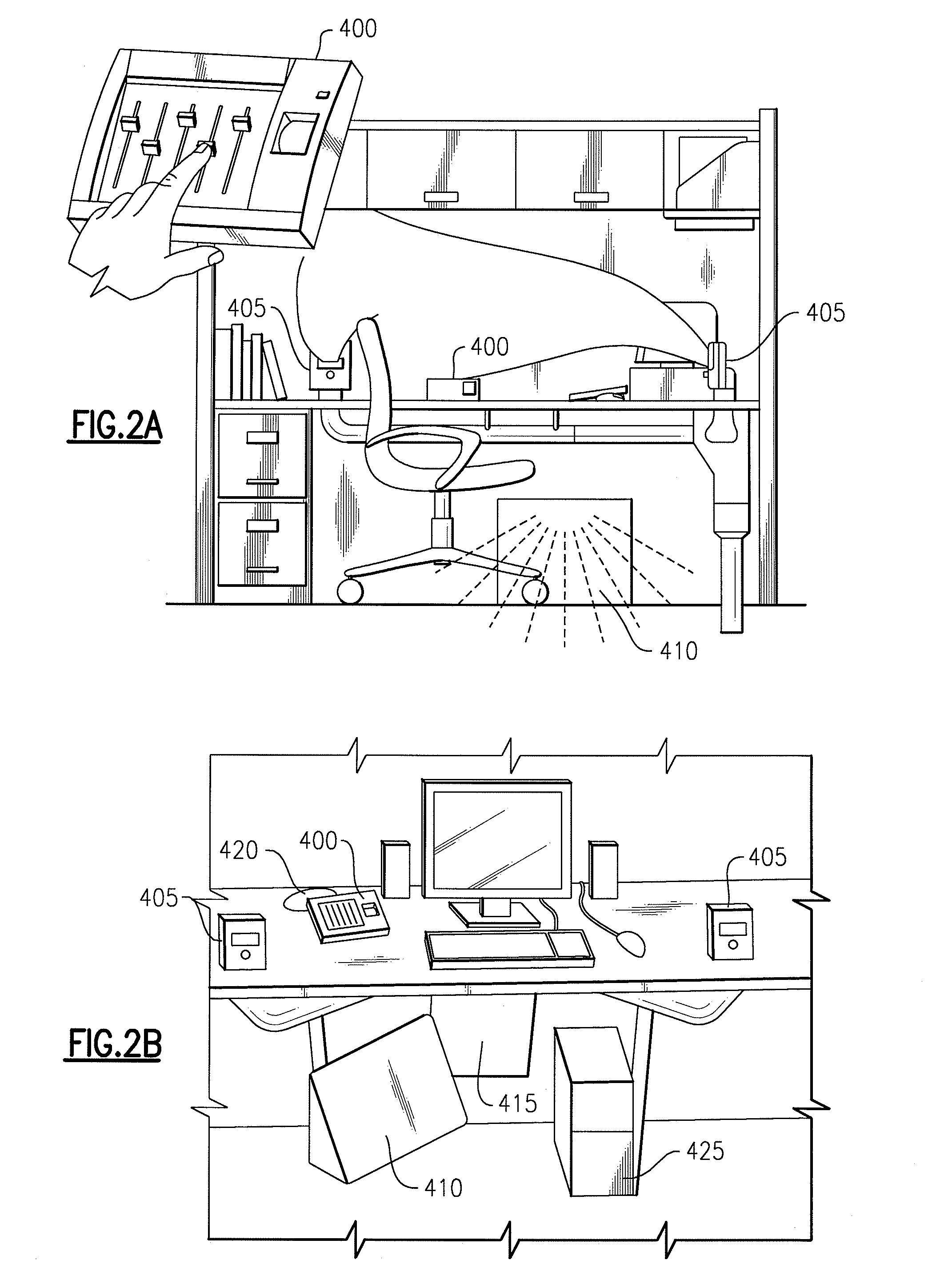Open Web Services-Based Indoor Climate Control System
a technology of open web services and indoor climate control, applied in the field of building automation systems, can solve the problems of significant negative economic impact, superficial web interfaces to some existing systems, and bacnet migration to ethernet transport, and achieve the effects of simplifying development, reducing the effort required to develop adapters, and improving the reliability of the system
- Summary
- Abstract
- Description
- Claims
- Application Information
AI Technical Summary
Benefits of technology
Problems solved by technology
Method used
Image
Examples
Embodiment Construction
[0053]The present invention will be more fully understood and appreciated by reading the following Detailed Description in conjunction with the accompanying drawings, wherein like reference numerals refer to like components.
[0054]In accordance with an embodiment of the present invention, the system is divided into a number of software and hardware module components. A high-level design description of the preferred embodiment of the system will be described including system component functionality, any exposed interfaces, and dependencies, followed by a more detailed description of the system. Platform specific issues that have an impact on the design of the preferred embodiment of the system are also described.
[0055]Turning to FIG. 1, a high-level diagram of the major components / modules of the system according to an embodiment of the present invention is illustrated. For each component, the communication interfaces and dependencies are depicted. The description of each interface con...
PUM
 Login to View More
Login to View More Abstract
Description
Claims
Application Information
 Login to View More
Login to View More - R&D
- Intellectual Property
- Life Sciences
- Materials
- Tech Scout
- Unparalleled Data Quality
- Higher Quality Content
- 60% Fewer Hallucinations
Browse by: Latest US Patents, China's latest patents, Technical Efficacy Thesaurus, Application Domain, Technology Topic, Popular Technical Reports.
© 2025 PatSnap. All rights reserved.Legal|Privacy policy|Modern Slavery Act Transparency Statement|Sitemap|About US| Contact US: help@patsnap.com



